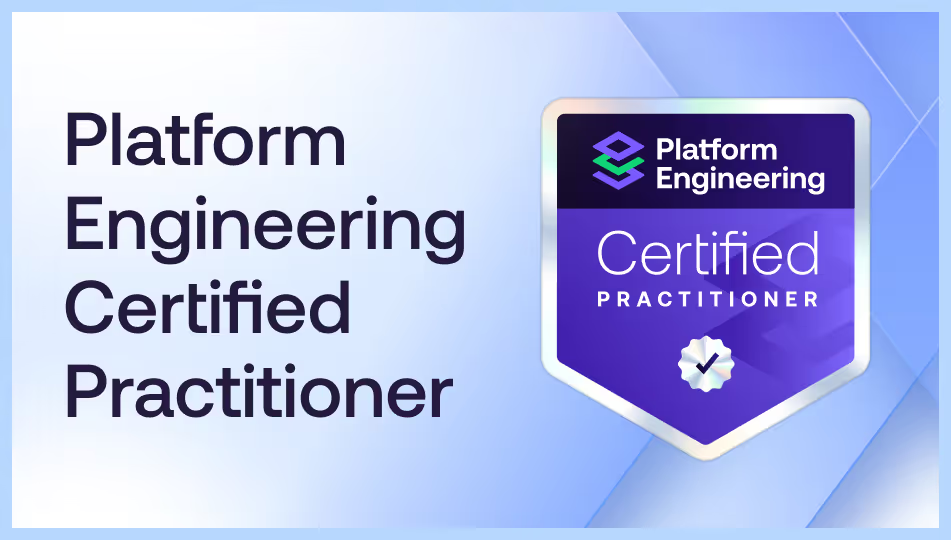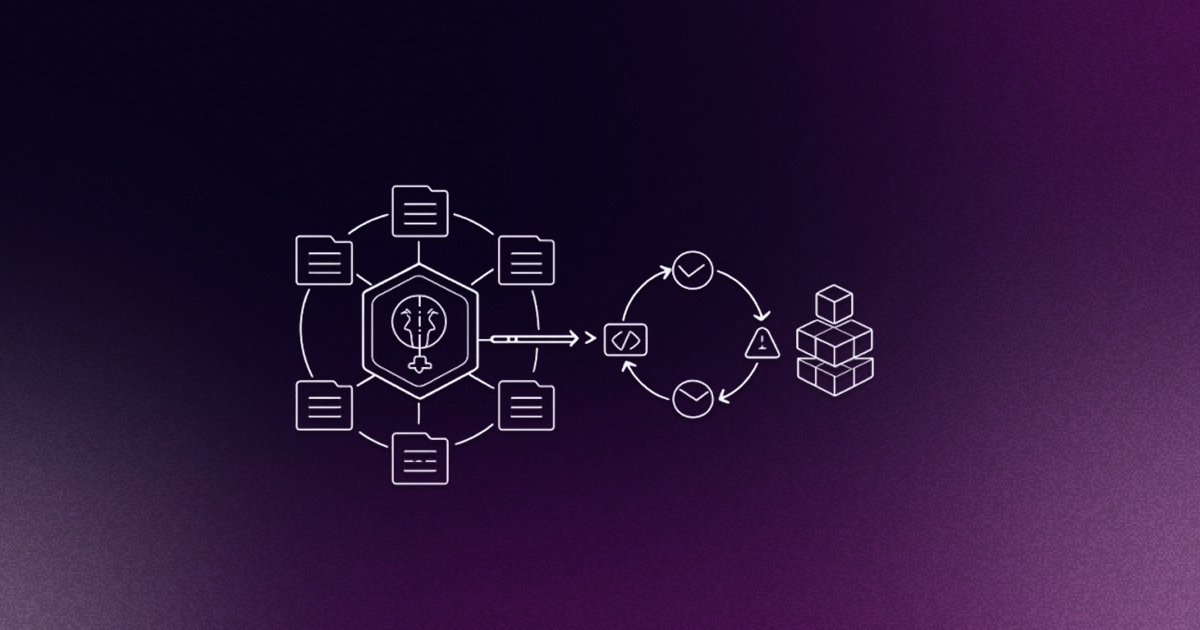The rise of platform engineering and Internal Developer Platforms (IDPs) has marked a significant shift in how modern software organizations approach development and operations. With Gartner predicting that by 2026, 80% of engineering organizations will have an IDP, it’s no surprise that a new leadership role has emerged. These IDPs and their teams do need someone to lead them, after all. And so, we meet the Head of Platform Engineering (or HOPE, as I like to call it).
The HOPE sits at the crucial intersection of technology, developer experience (DevEx), infrastructure, and overarching business objectives.
The HOPE is not merely a manager of a platform engineering team; their role is far more strategic and multi-sided. They are the key decision-makers responsible for driving platform strategy, adoption, and, ultimately, the success of the IDP. As organizations increasingly recognize the power of platform engineering in accelerating software delivery and enhancing operational efficiency, it’s the HOPE that drives actually achieving those aims.
Who is the Head of Platform Engineering?
They are characterized by a blend of technical understanding, product management acumen, and strong communication skills. They are responsible for leading a team with a wide variety of roles, responsibilities, and competing stakeholders both inside and outside the team. They need to be able to speak the same language as whoever they are talking to. Whether they’re devs, or engineering leadership, security and compliance teams, infrastructure and operations (I&O) teams, or even the executives who hold the purse strings. Their ability to articulate the value proposition of platform engineering in a language that resonates with each group is paramount to securing buy-in and fostering collaboration.
They must also possess a vision for the platform, understanding how it can empower development teams and contribute to the broader business goals. This requires a deep awareness of the challenges faced by application developers and a passion for improving their daily workflows.
Key responsibilities of the HOPE
The responsibilities of a HOPE include strategic planning, team leadership, and stakeholder management.
- Defining the platform strategy
- Establish a clear platform roadmap aligned with business objectives.
- Determine the scope of the internal developer platform and its core capabilities (e.g., CI/CD pipelines, infrastructure orchestration, developer portals).
- Advocate for platform-as-a-product thinking, treating internal developers as customers.
- Improving developer experience and productivity
- Reduce cognitive load for developers by providing golden paths and standardized workflows.
- Ensure frictionless onboarding and seamless integration with existing tools.
- Measure developer experience through DORA metrics, adoption rates, and feedback loops.
- Balancing standardization and flexibility
- Define golden paths while allowing escape hatches for teams that need customization.
- Standardize infrastructure, deployment, and security policies without restricting innovation.
- Foster a culture of internal contribution, enabling teams to extend and improve the platform.
- Collaboration across engineering and business units
- Work closely with engineering leadership (CTO, VPs, Directors) to align platform goals with broader engineering initiatives.
- Partner with security and compliance teams to ensure governance and policy enforcement.
- Engage with finance teams to optimize platform costs and demonstrate ROI.
- Driving AI and automation in platform engineering
- Evaluate and integrate AI-driven automation in workflows, incident management, and cost optimization.
- Assess the role of LLMs and other ML models in improving platform intelligence (e.g., AI-assisted troubleshooting, proactive recommendations).
- Ensure responsible AI usage with human-in-the-loop decision-making and security controls.
Skills and qualities of an effective HOPE
The HOPE needs a strong technical background to understand the complexities of infrastructure, cloud-native technologies, and software delivery pipelines. However, technical expertise alone isn’t enough. They need to possess strong product management and communication skills to define the platform vision, prioritize features, and build effective feedback loops with users.
Exceptional communication and interpersonal skills are mandatory. If you don’t have these. You will not succeed as a Head of Platform. The HOPE must be able to articulate complex technical concepts to both technical and non-technical audiences, build consensus among various stakeholders with potentially conflicting priorities, and effectively "sell" the platform engineering initiative internally. They need to be good listeners and mediators. They also need a strategic mindset and the ability to understand the business implications of platform decisions.
The best HOPEs are able to fit in with the CEO, the platform product manager, legal or security, and the most technical Infrastructure platform engineer you can imagine too.
The future of platform engineering leadership
The role of the Head of Platform Engineering is still evolving, but its significance is becoming increasingly clear. The HOPE will play a central role in shaping engineering efficiency and driving innovation. Successful HOPEs will be visionary leaders, pragmatic decision-makers, and strong cross-functional collaborators, ensuring that platform engineering delivers measurable value across the entire organization.
If you want to better understand what you need to know to become a Head of Platform Engineering or ensure you’re up to the challenge, join our Platform Engineering Professional Certification and learn from the very best in the industry.











